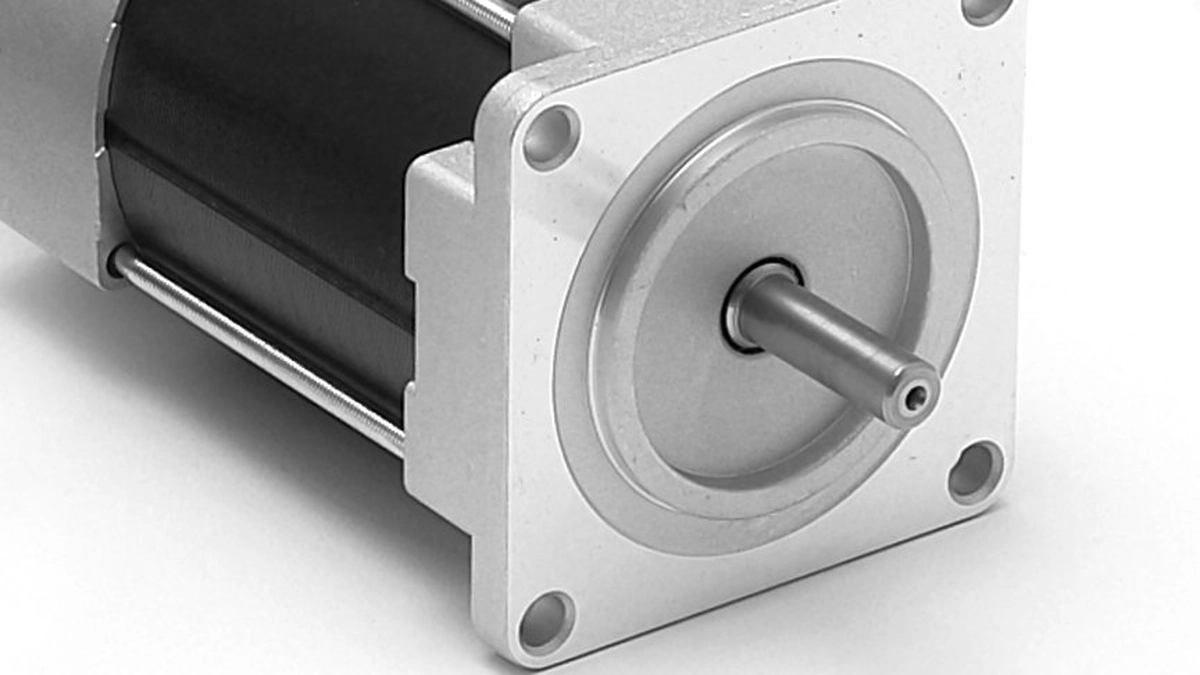Do servo motors need drivers?
2023-05-06 09:48:44
Servo motors are essential components in a wide range of applications, from industrial automation and robotics to precision control systems in aerospace and consumer electronics. One fundamental question that often arises is whether servo motors need drivers. The answer is unequivocally yes. Servo motors require drivers to function correctly, as these drivers play a crucial role in controlling the motor’s performance, ensuring precise movement, and enabling feedback mechanisms. This article delves into the reasons why servo motors need drivers, the functions of these drivers, and the various types available.
Understanding Servo Motors
What is a Servo Motor?
A servo motor is a rotary actuator or linear actuator that allows for precise control of angular or linear position, velocity, and acceleration. It consists of a motor coupled to a sensor for position feedback. Servo motors are widely used in applications that require high precision and reliability, such as CNC machinery, robotics, and automated manufacturing.
Components of a Servo Motor System

- Servo Motor: The motor itself, which can be a DC motor, AC motor, or brushless motor.
- Driver (Servo Drive): The electronic device that controls the motor’s operation.
- Controller: The system that sends commands to the driver, typically based on a programmed set of instructions.
Why Do Servo Motors Need Drivers?
Precision Control
Servo motors are designed to achieve precise control over position, speed, and torque. The driver plays a critical role in this by receiving signals from the controller and converting them into appropriate current and voltage levels to drive the motor. Without a driver, the motor would not be able to interpret the controller’s commands accurately, leading to poor performance and lack of precision.
Feedback Mechanism
One of the defining features of servo motors is their feedback mechanism, which ensures the motor reaches the desired position accurately. The driver is responsible for processing feedback signals from the motor’s encoder or resolver and making real-time adjustments to the motor’s operation. This closed-loop control system is essential for applications requiring high precision and repeatability.
Protection and Efficiency
Drivers provide various protection features to safeguard the motor and the overall system. These include overcurrent protection, overvoltage protection, thermal protection, and more. Additionally, drivers optimize the motor’s efficiency by adjusting the power delivery based on the load conditions, thus reducing energy consumption and heat generation.
Signal Conversion
The control signals from a controller are typically low-power signals that need to be converted into high-power signals to drive the motor. Drivers perform this signal amplification and conversion, ensuring that the motor receives the correct power levels for operation.
Communication Interface
Modern servo drivers often include communication interfaces that allow them to connect with advanced controllers and networks. These interfaces enable the integration of servo systems into larger automation and control systems, facilitating sophisticated control strategies and diagnostics.
Types of Servo Drivers
- Analog Drivers: Analog servo drivers use analog signals for control and are typically simpler and less expensive than digital drivers. They are suitable for applications where basic control is sufficient, and the system does not require advanced features or high precision.
- Digital Drivers: Digital servo drivers use digital signals and microprocessors to provide more precise and flexible control over the motor. They offer advanced features such as programmable control, network connectivity, and enhanced feedback processing. Digital drivers are ideal for high-performance applications requiring precise motion control.
- PWM Drivers: Pulse Width Modulation (PWM) drivers control the motor by varying the duty cycle of a series of pulses. PWM drivers are commonly used in applications requiring efficient power control and minimal heat generation. They are suitable for both simple and complex servo systems.
- Hybrid Drivers: Hybrid drivers combine the features of analog and digital drivers, providing a balance between cost and performance. They offer more flexibility than analog drivers and are easier to configure and control than purely digital drivers.
Applications of Servo Drivers
- Industrial Automation: In industrial automation, servo drivers control the precise movement of machinery and robotic arms, ensuring accuracy and repeatability in manufacturing processes. They enable tasks such as CNC machining, pick-and-place operations, and automated assembly.
- Robotics: Servo drivers are essential in robotics for controlling the movement of joints and actuators. They provide the precise control needed for tasks such as walking, gripping, and manipulating objects. Advanced robotics systems often use digital drivers for enhanced control and flexibility.
- Aerospace: In aerospace applications, servo drivers control actuators used in flight control systems, landing gear, and other critical components. The high precision and reliability of servo drivers are crucial for ensuring the safety and performance of aerospace systems.
- Medical Devices: Servo drivers are used in medical devices such as surgical robots, diagnostic equipment, and prosthetics. They enable precise control of movements, improving the accuracy and effectiveness of medical procedures and treatments.
- Consumer Electronics: In consumer electronics, servo drivers control motors in devices such as cameras, printers, and gaming systems. They ensure smooth and precise operation, enhancing the user experience and performance of these devices.
Conclusion
Servo motors require drivers to operate effectively, providing the precise control, feedback mechanisms, and protection necessary for a wide range of applications. Drivers amplify and convert control signals, manage power delivery, and enable sophisticated control strategies through digital and communication interfaces. By understanding the critical role of servo drivers, you can ensure the optimal performance and reliability of their servo motor systems, whether in industrial automation, robotics, aerospace, or consumer electronics. Choosing the right type of driver, whether analog, digital, PWM, or hybrid, is essential to meet the specific requirements of each application and achieve the desired level of precision and efficiency.
See What Lunyee Can Do For You
Contact Us
- 8619149417743
- +86-0371-5562 0274
- [email protected]
- Zhengzhou, Henan Province, China
- Mon-Fri: 9:00 - 18:00




